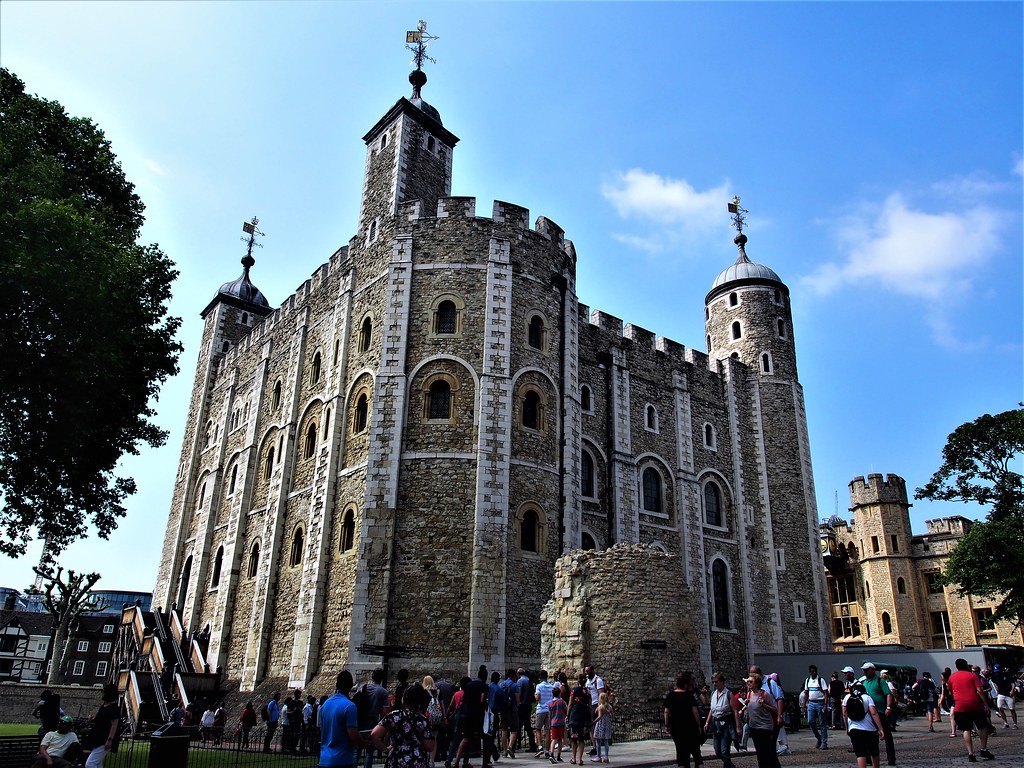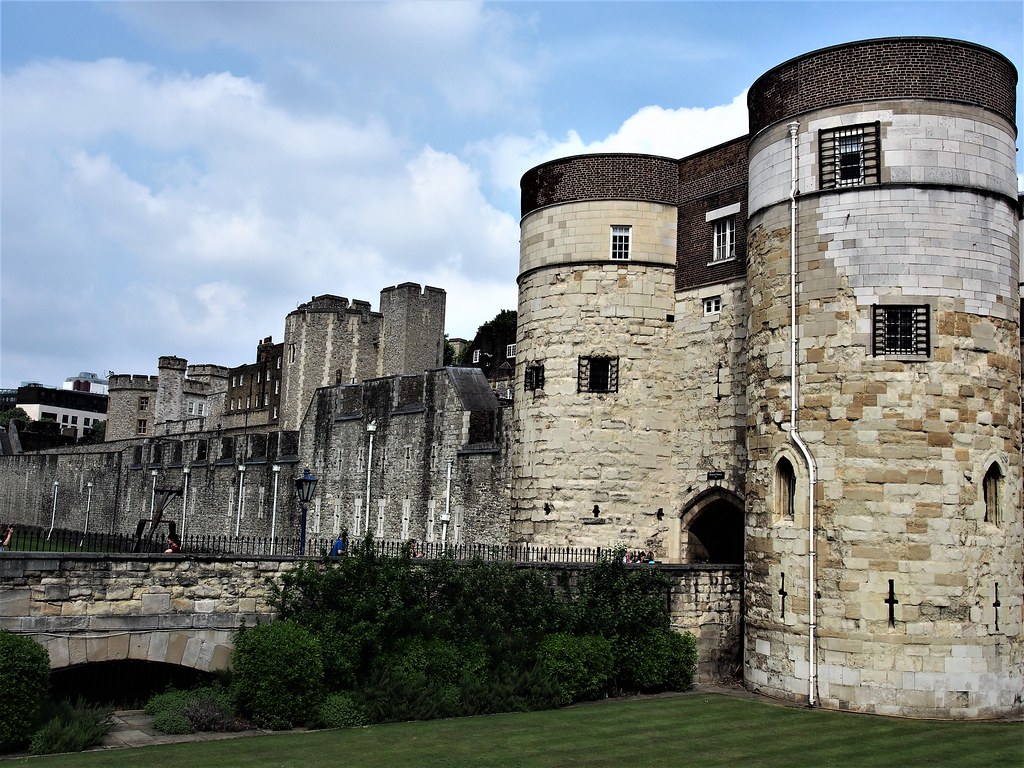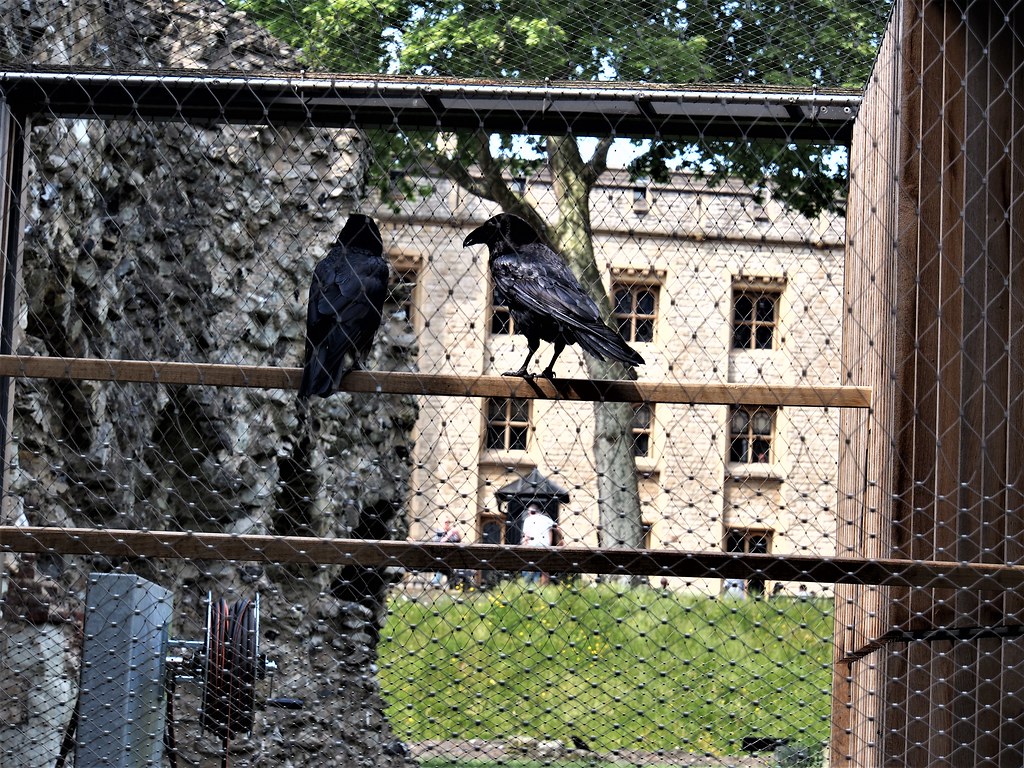The Tower of London: An ancient fortress and home of the Crown Jewels
This evening, I am reporting on the Tower of London which dates from 1078 and covers an area of twelve acres adjacent to the River Thames in the London Borough of Tower Hamlets.
The Tower (actually a castle or fortress) represents a microcosm of English history spanning about 940 years. This is now a UNESCO World Heritage Site.
The Tower was originally built by William the Conqueror (from France) to dominate and intimidate the native Anglo-Saxon population of London following his military victory in 1066.
Approximately 2.8m persons visit the Tower each year.
Key features of the Tower include:
- Repository of the British Crown Jewels.
- Bloody Tower- Associated with the supposed murder of the 12-year-old Edward V and his younger brother, Richard, in 1483.
- Yeoman Warders- Guards and escorts attired in 16th century costume who originally formed part of a personal bodyguard for King Henry VIII.
- Medieval Palace-When Henry III and his son Edward I expanded the Tower’s defences in the 13th century, they also added a new, luxurious palace. For hundreds of years to come, kings and queens would stay in these rooms.
- White Tower-Built to intimidate Londoners and deter invaders. Here can be found the historic, and world-class, Royal Armouries collections, including the 350-year-old exhibition, Line of Kings, as well as other treasures.
- Royal Mint- Edward I (1272-1307) installed the Mint within the safety of the Tower’s walls in c 1279 and until 1810, most of the coins of the realm were made there in a dedicated area that became known as Mint Street.
- Fusilier Museum-The museum’s significant collection including 12 Victoria Cross Medals (highest award for valour) won by the Regiment, the uniform and bearskin of King George V (a former Colonel-in-Chief of the Regiment) and an Eagle Standard of the 82nd Regiment of the French Line captured by the Royal Fusiliers during the Napoleonic Wars.
- Traitors’ Gate-This is a water gate forming part of St Thomas’ Tower which was originally built (1279) to facilitate royal access from the Thames. However, it was later used as access for prisoners accused of treason.
- Ravens- It is said that the kingdom and the Tower of London will fall if the six resident ravens ever leave the fortress. There are seven ravens at the Tower today — the required six, plus one spare!
- Prison-By the Tudor period (1485-1603), the Tower had secured a reputation as the foremost state prison in the country and the Tower itself sought to reinforce its image as an unbreakable prison. The explorer Sir Walter Raleigh was held there on no less than three occasions.
Allow at least half a day to visit this site.








Comments
Post a Comment